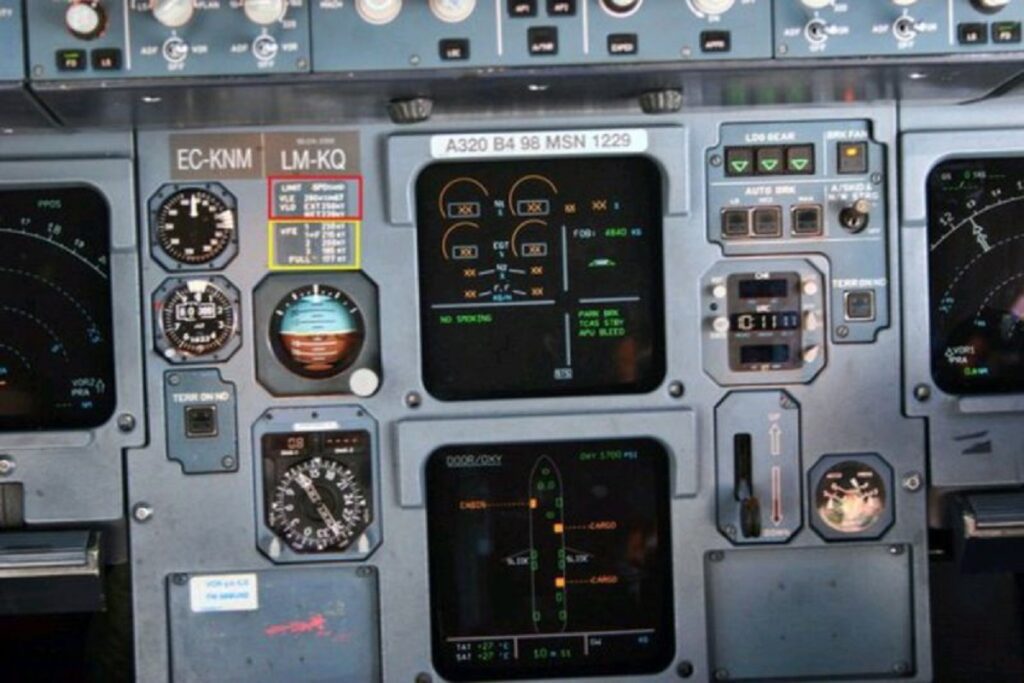
The altitude limitation on operating the slats/flaps of the A320 aircraft exists because Airbus did not conduct tests on the flaps and slats at altitudes above 20,000 ft. This decision was made because testing the effects of flaps and slats at higher altitudes becomes more complex. As the aircraft ascends, the impact of compressibility on the airflow around the aircraft increases, which can affect its controllability and stability. Flaps and slats, even at lower altitudes, have a significant impact on the aircraft’s controllability by introducing pitching moments. Therefore, it becomes crucial to investigate how these control surfaces modify the aircraft’s control and stability as the Mach number increases at higher altitudes. By obtaining this data, a maximum Mach number limit can be established for each specific flap and slat setting, rather than relying on an indicated airspeed (IAS) limitation.
During the testing and certification phase of an aircraft, it is possible to determine these limiting Mach numbers. However, this process is time-consuming and lacks operational value since no airline would operate their aircraft with flaps extended at high altitudes. Hence, an altitude limitation is introduced instead of a Mach number limitation. The benchmark altitude of 20,000 ft is typically chosen because compressibility effects are not normally significant at this altitude.
For certain components of the aircraft that may need to operate at higher altitudes, such as the landing gear, manufacturers conduct test flights and specify limiting Mach numbers. In the case of the A320, the Maximum Landing Gear Extended Speed (VLE) has a Mach limit of 0.67. This means that it is safe to keep the landing gear extended up to Mach 0.67. This information is important in scenarios where the aircraft must be operated with the landing gear down due to a failure in the gear retraction system during a flight or for ferrying the aircraft to a maintenance facility. The A320 offers an option for operators to dispatch the aircraft for a flight with the landing gear extended, and the Flight Crew Operating Manual (FCOM) provides all the necessary performance tables for planning such a flight. However, it is highly unlikely that any airline has or ever will operate an A320 flight with the landing gear extended.
Author – Nischal Paudel
Pilot





